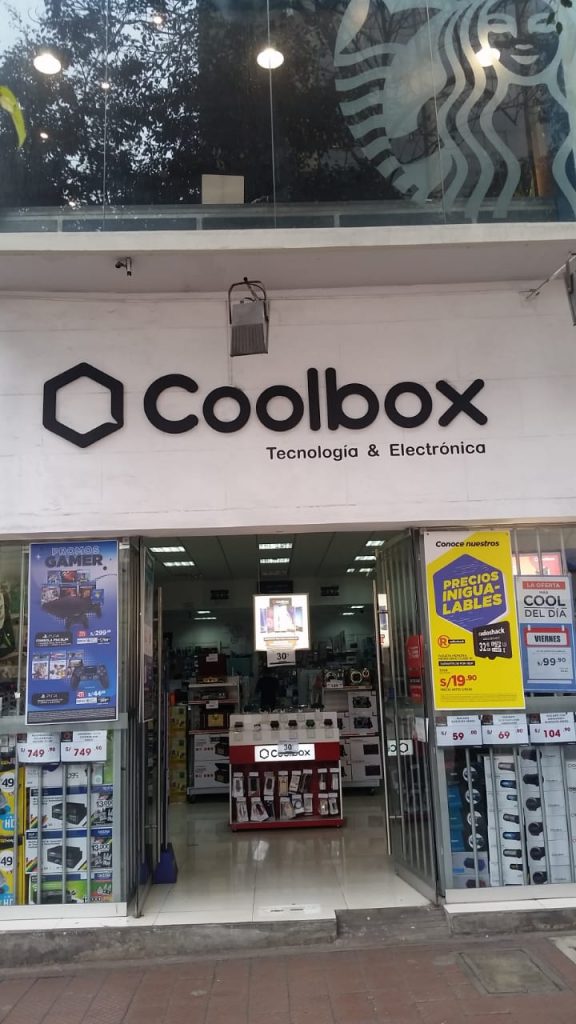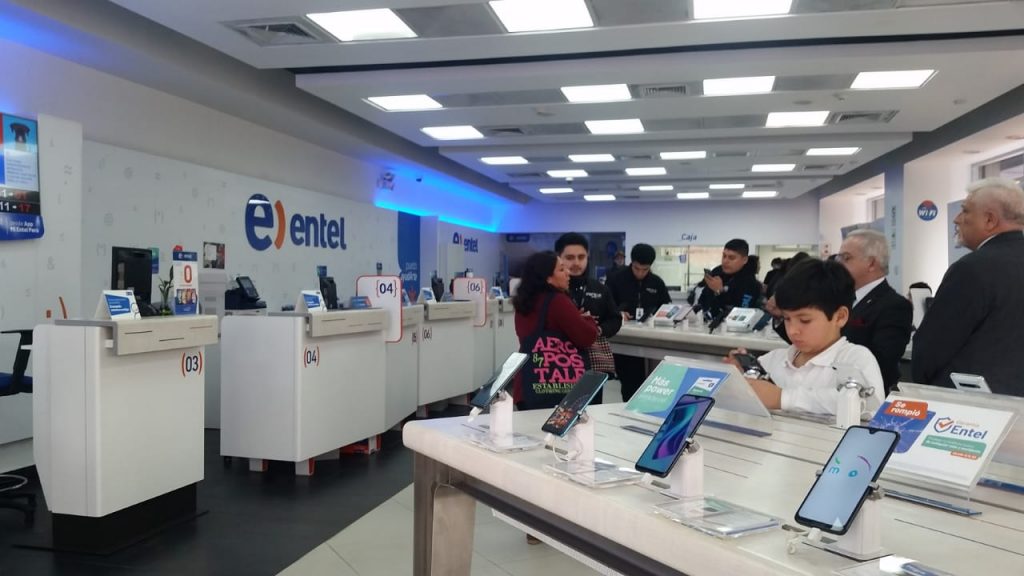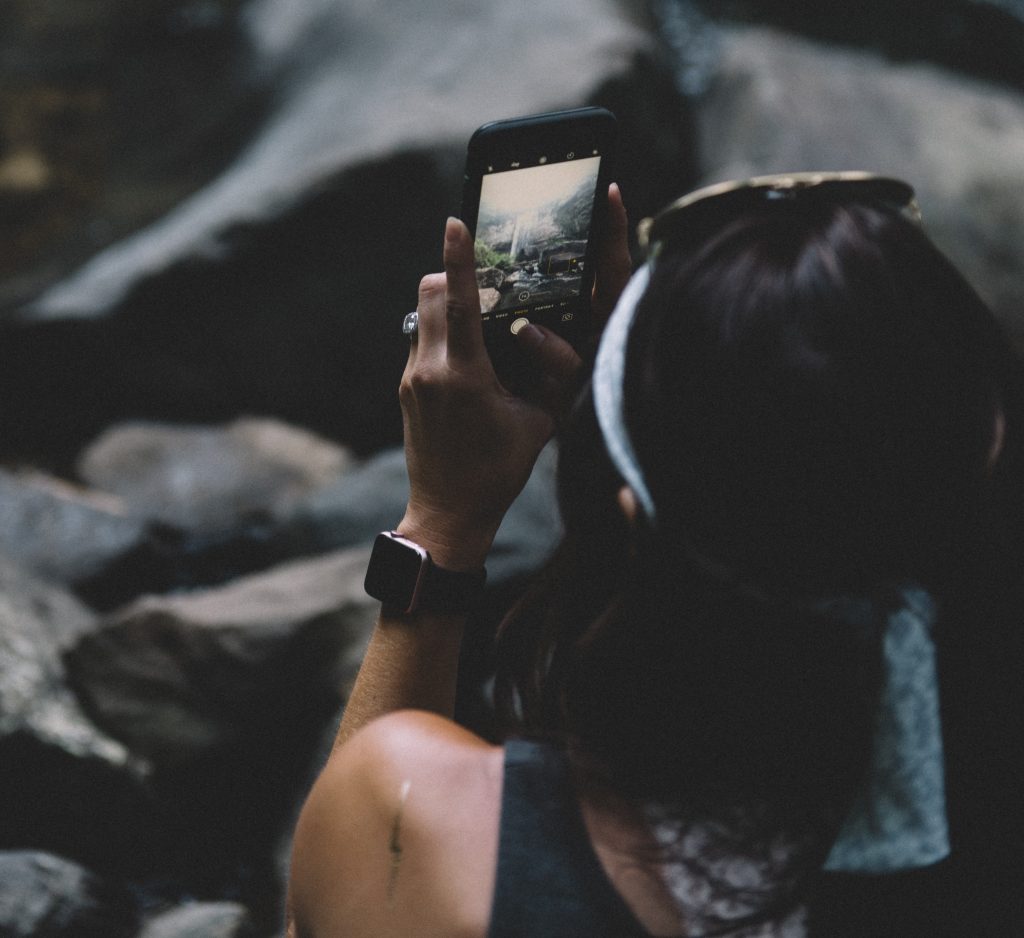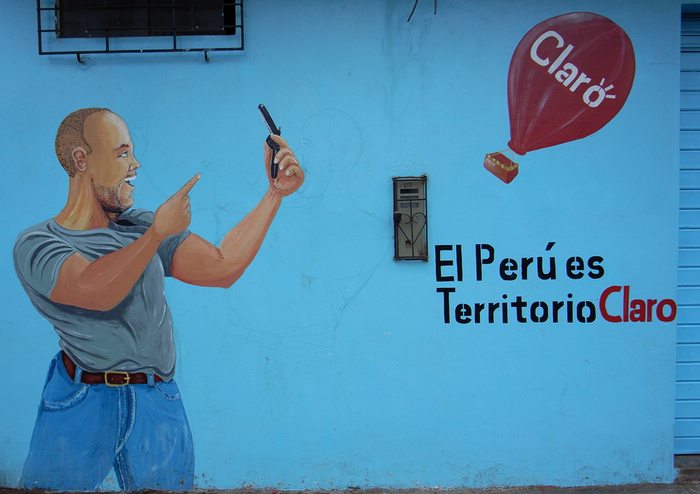
To make calls within Peru without racking up expensive roaming charges, travelers with an unlocked GSM phone can purchase and use SIM cards in Peru. This explanation might leave those unfamiliar with tech-savvy lingo asking the question: what does this mean?
GSM (Global System for Mobile) and CDMA (Code Division Multiple Access) are two basic technologies in cellular phones. To give some background, most countries in Latin America, including Peru, are connected by GSM.
GSM carriers put customer information on a removable chip called a SIM card. If the SIM card is taken out and put in a different phone, the same number is transferred to the new cell phone. For this reason, SIM cards make it easier for compatible devices to switch between different GSM network carriers as well as cross-borders. In the United States, AT&T and T-Mobile use GSM, as does the majority of the rest of the world.
CDMA networks don’t use SIM cards. Instead, CDMA carriers use network-based registries to verify specific users. Some cell phone carriers in the United States use CDMA networks, such as Verizon Wireless and Sprint, although they are in the process of phasing this technology out. Because CDMA carriers generally only provision devices compatible for use on their own network, phones made for Verizon, for example, won’t work on Sprint’s network and vice versa. This also means that CDMA devices most likely cannot be used in Peru.
Also, some phones are “global”, and have an extra SIM card slot to support foreign GSM networks. But when these “global” phones are used on their own home networks (in the United States for example) certain carriers still use CDMA to authenticate their phones.
In addition to GSM compatibility, a cell phone must be unlocked to properly function using a SIM card from a Peru phone carrier.
A locked phone has a software code, or “lock”, that’s meant to ensure the phone can’t be used on any other carrier’s network. Alternatively, an unlocked phone does not have the lock software on it, or an unlock software code has already been applied. Unlocked GSM phones can accept SIM cards from different carriers and connect to a service network, which is exactly what travelers need in order to stay connected in Peru.
Certain phones may be sold unlocked, but most GSM devices are locked to a particular carrier when they’re purchased. To legally unlock a locked device, the phone owner must meet certain criteria imposed by their wireless phone carrier. This criteria includes paying the full price of your device or being in good standing with your service provider at the end of your contract. With this in mind, if you have recently bought a phone that you are still paying off, you will not be able to use this phone with a Peruvian SIM—you would have to look into your provider’s International plans.

Electronics Shop Coolbox on Av. Larco, just 3 minute walk from Parque Kennedy. Photo by Gina Cronin.
Dedicated Travel Phone. Another option is for travelers to forgo the hassle of trying to unlock their own cell phone and buy one that’s already unlocked when they arrive in Peru. You can find unlocked phones available for purchase at Claro, Movistar, Entel, and Bitel locations—the main Peruvian phone companies—and other independent electronic stores—such as Coolbox—in cities throughout the country. Smartphone prices range from as low as S/.133 (about US$40) to more expensive options. Another option is to buy a cheap unlocked smartphone in the United States, which can act as your dedicated travel phone. This may be a good idea, as oftentimes you can find the same phone for cheaper in the States.
Travelers with an unlocked GSM phone can purchase and use a SIM card in Peru. Follow this step-by-step breakdown of how to buy and use a SIM card on your next visit to Peru.
Make sure the phone is unlocked and there’s a place to insert a SIM card. Your best bet here is to check with your provider.
Note that to remove the SIM card on earlier phones, one can simply remove the back case, remove the battery, and below the battery is a tiny chip that can slide out, to be replaced by a Peruvian SIM. However, in the latest models it is a bit different. There is actually a tiny hole on the side of the phone where a special pin must be inserted for the SIM card tray to pop out, so that it may be changed. Peruvian carriers all have this tool for replacing SIM card.
Claro, Movistar, Bitel, and Entel are the dominant communication providers in Peru. All offer a variety of mobile phone and home internet plans, but buying a prepaid SIM card (with no contract) is generally the best option for foreign travelers in Peru. A prepaid SIM card come with data, calls, texting, and the ability to add additional credit when needed.
Claro, Movistar, Bitel, and Entel all have locations throughout Peru. In the Miraflores district of Lima, all of these providers can be found a 2 to 10 minute walk from Parque Kennedy . There are convenient locations in Cusco, Arequipa, Puno, and other major cities as well.
Lima Tours:
A store representative will assist you with the purchase of a SIM card. Bring your passport for identification and local currency to avoid any inconveniences. The words un chip de prepago, or prepaid SIM card, will get you on the right track if your Spanish is limited.

Inside entel’s Av. Larco location in Miraflores, just across from Parque Kennedy. Photo by Gina Cronin.
A SIM card in Peru costs about S/.5 (about US$1.50). At the time of purchase, buy some credit so that you can leave the store with a functioning phone, with internet access and call capability. An amount of S/.20 (about US$6) of prepaid credit should be enough to get you started. Once you add credit, you will receive a text message confirming the amount. This is a good indicator that your phone is working properly.
The costs associated with phone usage depends on carrier pricing . Depending on the carrier you choose, there are different tourist options available.
For example, as of September 2019, with Movistar, you can buy your SIM for 5 soles, and 20 soles pre-paid plan comes with 2 gigs of internet. With Claro, SIM is also 5 soles and 3GB of internet is 30 soles; as a bonus Facebook and WhatsApp photos, voice clips, and messages are unlimited. At Entel, they have 1 tourist option available: the 5 soles chip plus 29 soles for unlimited calls within Peru and to USA and Canada for up to 30 days, 3.5GB of data, and most features of WhatsApp/Facebook unlimited. At Bitel, you can purchase your 5 soles chip and put 20 soles of credit on it for unlimited WhatsApp messages, voice clips, and photos, plus texts, calls, and internet accessibility—as you are running out of credit, internet speeds will slow (see step 5 for adding credit).


These are two convenient alternatives to the major providers, and are focused more on the market of millennials and travelers. Cuy Movil and sub-brand PeruSIM both operate on the Claro network, which has some of the best coverage in the country.
PeruSIM, especially, is an excellent option for tourists. This is because, unlike the traditional providers listed above, PeruSIM is focused solely on tourists, and optimize their offerings accordingly. You can choose from 1GB, 5GB, and 10GB data plans, that include unlimited local calls, WhatsApp, Messenger, and Facebook Photos, valid for 30 days. You can place your order ahead of time and easily pick up your SIM at their centrally-located Miraflores, Lima location – or even have it delivered to your hotel. This saves you time and confusion, and their website is in English and super user-friendly, making it even simpler.
Cuy Movil is a bit more geared toward the millennials of Peru as it allows users to activate their SIM through a phone application. It has a variety of 30 day plans that do not require a contract. Plans comes with unlimited Messenger, What’s App and Facebook, plus 1-10 GB of high-velocity internet. They’ll even deliver the chip to the user’s house within 3 hours for free, using the delivery service Chazki. It is not compatible for tourists, but that’s why the company created PeruSIM.
WhatsApp will be your best friend while you are abroad. Many providers in Peru include several features of WhatsApp unlimited in their prepaid plans. This application will allow you to send messages, voice clips, photos, and videos to your loved ones back home or your new friends in Peru—provided that they also have WhatsApp. With data, you can also make voice and video calls, but do keep in mind that video calls can eat up your data pretty quickly. This is a free software that can be downloaded to any smartphone from the App store, and allows you to connect with people across the globe seamlessly.
The SIM card that you buy in Peru comes with a local number.
Cell phone numbers are 9 digits.

Example: 9 ? ? – ? ? ? – ? ? ?
Once you receive your new SIM card and phone number, you are all set to make and receive calls. Here are some answers to frequently asked questions regarding phone use:
Q: What is the country code for Peru?
A: Peru’s country code is “51”. If someone from outside Peru wants to call your new Peruvian cell phone number, the numbers they dial will look something like 5 1 / 9 ? / ? ? – ? ? ? – ? ? ?; which is in the format of the country code/ city code /telephone number.
Q: How do I make local calls from my new cell phone when I am in Peru?
A: To make calls to any Peruvian number within Peru, you do not need to use the country code. Just dial the 9-digit cell phone number you wish to call, and you will be connected. Land-lines are different in that they only have 8 digits. If you want to call a land-line number, dial “0” and the proper city code before the 8-digit number. It should follow the format 0/city code/ ?? – ??? – ???
City codes:
Q: What are the emergency numbers in Peru?
A: Here is a list of important emergency numbers so you’re prepared during your next visit to Peru:

There are plenty of places to add credit to your phone. This photo indicates Claro territory. Photo by Nicolas Nova/Flickr
Adding credit to your prepaid SIM card is quick, easy, and convenient.
Official Claro, Movistar, Entel, and Bitel stores aren’t the only places to buy credit. Corner convenient stores and large supermarkets, such as Wong or Metro, also sell prepaid minutes. A good trick is to look for businesses that have signs with your provider’s logos hanging outside their storefront.
Simply head to the counter of the shop with your telephone number and money on hand. Inform the person at checkout that you want to add phone credit, Claro recarga, Bitel recarga, Entel recarga, or Movistar recarga; tell them the amount and your phone number; and they’ll take care of processing the phone credit transaction. Make sure you receive a text message to confirm your transaction at checkout.
For pricing and store locations, visit the following websites (in Spanish)
Read this helpful article explaining the difference between locked and unlocked phones.
While a phone with a local number isn’t a necessity for every traveler that comes to Peru, it can help you stay connected with others in-country. Alternative options, such as renting a phone or using the Wi-Fi at your hotels along the way, also exist. But with the right phone, it only takes a few steps to have connectivity at your fingertips in Peru.
Explore the diversity of Peru. For more information about the diversity of tours offered by Peru For Less, talk with an expert travel advisor to customize a trip for you.
*Article Last Updated by Gina Cronin September 2019



Email: [email protected]
Sign up to receive our newsletter for great articles, stunning photos, and special deals.